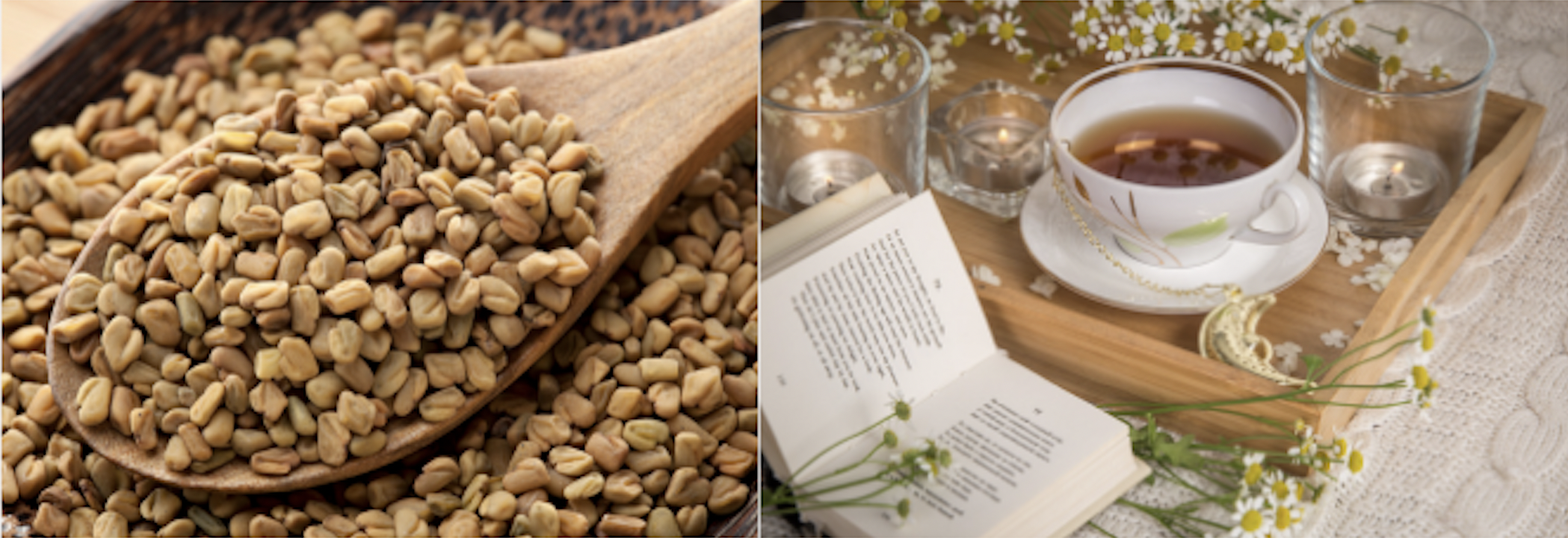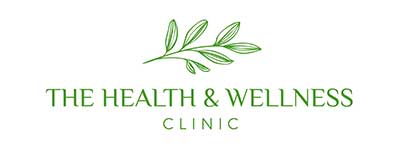There is little more beautiful than a baby, except perhaps a baby who is breastfeeding. This is one of the gifts of being a mother that when things go right, allows one to nourish, snuggle and bond with their baby. It is truly beautiful. But what is really happening during this exchange? It appears simple but is actually it is complex and intentional. Let’s dive into what a baby is receiving during a feeding.
DHA (docosahexaenoic acid) present in breastmilk is a fat needed to build myelin sheath (covering) that surrounds and insulates nerve fibers which allows them to carry information.
This sheath protects against degenerative nervous system diseases and increases the blood brain barrier which prevents entry of infectious or toxic substances into brain cells. Cow’s milk (used in most formula) is higher in saturated fat to build a large body for survival. Breastmilk is high in long-chain poly saturated fats but low in saturated fats because humans require rapid brain growth more than rapid body growth. Unlike cows, human brains triple in the first year, forming 9K new neural connections per second!
The prominent sugar in breastmilk is Lactose which breaks down into glucose and galactose. Galactose is another valuable component of brain development. Lactose encourages growth of Lactobacillus Bifidus (healthy bacteria) that produces vitamins and nutrients and wards off harmful bacteria. Lower levels of insulin are produced to process Lactose than other sugars which results in lower incidence of diabetes in breastfed children.
Enzymes are known as cleaver, meaning they break things apart and in breastmilk they are present to break down the fats, proteins and sugars present in the milk, allowing better digestion and nutrient absorption. Formula contains no enzymes. Due to the lack of enzymes, little of the vitamins and minerals present area absorbed such as with iron as 50-75% of iron in breastmilk is absorbed, while as little as 4% is absorbed in formula. Manufacturers of formula have ramped up the vitamin and mineral levels in formula to attempt to compensate but the excess synthetic vitamins are harsh on the intestines and can disrupt healthy bacteria.
There are many more components of breastmilk that aren’t present in other options. Cholesterol in breastmilk provides basic components for building the brain and producing hormones and Vitamin D. IgA (Immunoglobulin A) acts a sealant on an immature gut preventing toxins from getting through, potentially preventing allergies and infection.

Colostrum (the milk present in the first few days) is especially rich in IgA. Epidermal growth factor (EGF) promotes cell growth of the intestinal lining as well as other linings such as skin.
My favorite thing about breastfeeding is a chemical reaction between the infant’s saliva & the mother’s nipple that changes the milk to provide exactly what the baby needs during different stages of brain and body growth. Exposure to pathogens will modify immune cells in milk to help the baby fight the infection (breastmilk has 1 million white blood cells in each drop). The contents of breastmilk can change from day to night and even during an individual feeding to give baby what it needs most.
Breastfeeding benefits parents as well. While suckling oxytocin is released which contracts the uterus leading to a faster post-partum recovery, increased bonding and relaxation. Faster weight loss shown in reduced hip circumference has been shown in one study after only one month of breastfeeding. There is also a reduced risk of uterine and ovarian cancer by up to 25% due to lower estrogen levels during lactation years and 4 fold less risk of osteoporosis. And let us not forget the cost savings of purchasing formula.
For our brains to comprehend all of what our body already knows is still a long way off. We will continue to discover more over time but it is obvious there is no alternative that come close to giving our precious children the best start we can offer as through breastfeeding.
A Powerhouse Lactation Herb
Fenugreek
If you’ve ever looked into breastfeeding herbs or lactation teas, fenugreek is typically one of the main ingredients. This herbal plant has been said to help increase breast milk supply since even biblical times. Fenugreek encompasses phytoestrogens, plant chemicals that resemble female estrogen hormones. Some believe breasts are modified sweat glands and because fenugreek can raise sweat production, it can also affect breast milk production. This may also explain the fact that multiple sources state that when women take fenugreek consistently, their sweat and urine may start to emit a maple syrup smell (a sign that you are intaking the proper dosage of fenugreek).


